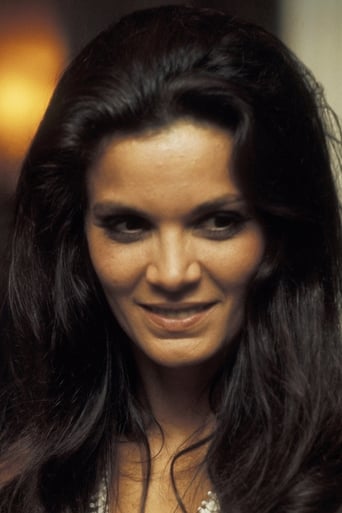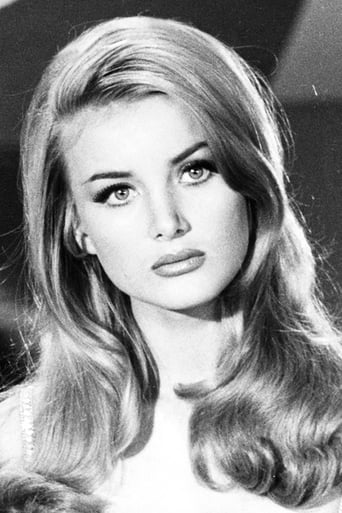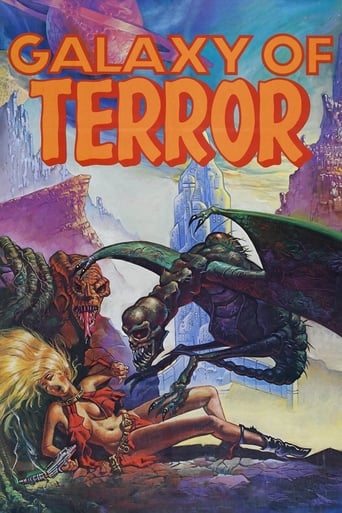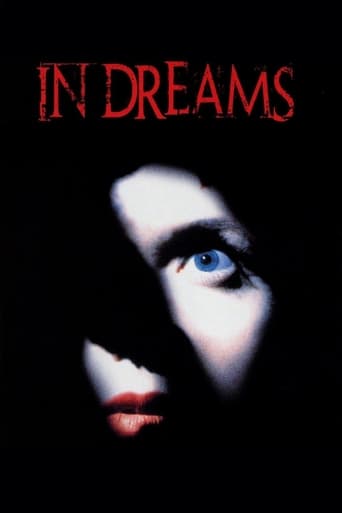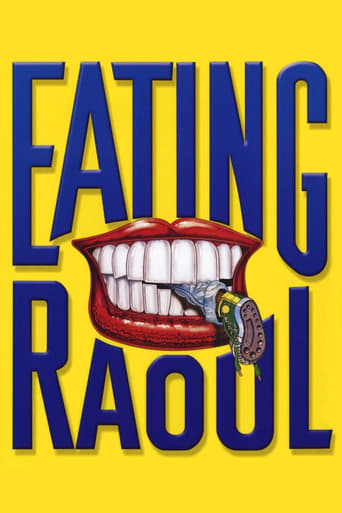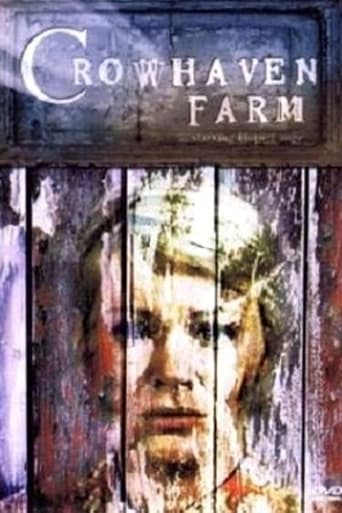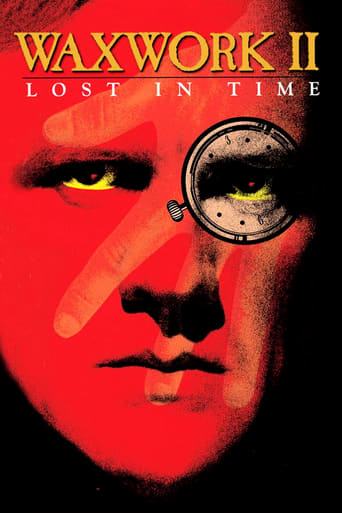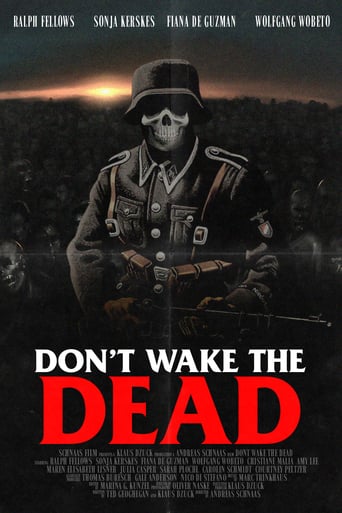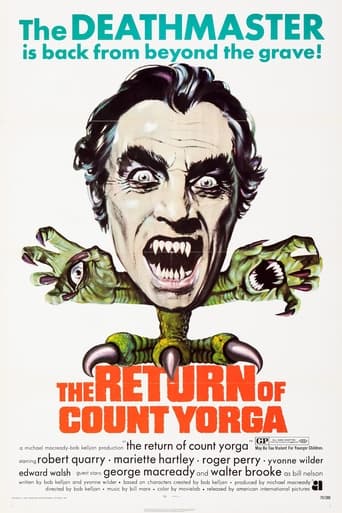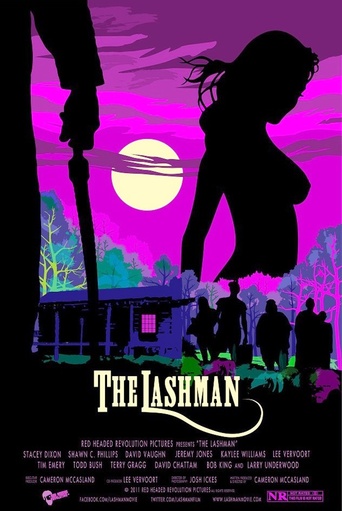

Don't Torture a Duckling (1972)
A reporter and a promiscuous young woman try to solve a series of child killings in a remote southern Italian town rife with superstition and a distrust of outsiders.
Watch Trailer
Cast


Similar titles
Reviews
Like several other reviewers here, I knew Lucio Fulci only from viewings of a couple of "House by the Cemetery" and "The Beyond", which did nothing for me. So I was also startled by this, an assured and fully realized piece of work that pulls the viewer deep into the psychological miasma of a small Sicilian village terrorized by the brutal serial murders of several young boys. The setting is vivid and unsettling- the ancient and cloistered existing on the edge of a modern highway overpass, indifferent drivers buzzing past while a bloody and primal drama plays out in the world they've left behind. The story manages to balance elements ranging from a kinky giallo seductress given to inappropriate teasing of fevered pre-pubescent boys, a fraudulent shaman and his traumatized companion, the local "witch", a critique of mob hysteria and an anti-clericalism that somehow echoes Pete Walker's contemporaneous and extremely bitter take on the subject. A tiny and repeatedly exhumed skeleton is an apt recurring image for this meditation on violated innocence. The very mobilized camerawork seems to revel in the memorable extremes of the landscape in which this all unfolds - in a way that actually recalled the best and most ambitious spaghetti westerns - and despite resolutely grim subject matter, this viewer was compelled to see things through to a disturbing climax that feels just right and doesn't trivialize what came before. I can believe that Fulci felt particularly proud of this film - it has the feel of personal commitment and engagement - not in any way just an entertainment, it still grips the viewer in a high style nightmare like the best gialli do, but with something more lurking
Following a child's death in a small-town, a reporter and a woman from a nearby city try to solve the strange killings that continue to be carried out on the children and once they find the demented culprit at the center they try to stop the rampage from continuing.This was quite the enjoyable and underrated Giallo. The biggest factor here for this one is the film flying boldly along and feeling comfortable in it's rather strong and confrontational themes that may be quite uncomfortable. Its initial premise is tied around a serial killer offing children that alone gives it some courage to be unique and brave, but there's more to that here as several scenes here with the opening strangling scenes or a rather chilling scene finding another drowned in a town well, though the fact that this features even more types of similarly controversial scenes is what really sells this one. The type of plot here is one thing, but to have the kids smoking, bullying the town retard and the film's showpiece scene of a fully naked woman openly toying with him, teasing him with her figure and about sleeping with her makes for quite a sleazy, depraved time in a truly memorable scene. Beyond this, the film is a fantastic Giallo that features a lot of stylistic elements usually associated with these as the stalking scenes come off incredibly well regardless of their target. The cemetery stalking here is impressive through the driving rain before the killer strikes, a chase through the open woods out into the mountains to corral a suspect and a later scene where the suspect is viciously and brutally beaten in retaliation for what happened all come together to give this one some really enjoyable scenes. As well, there are some great times in the big brawl at the end which gets fun with the action as well as the location playing into it for some fun here, and these here make this good enough to overcome the flaws. The biggest issue here is the flimsy plot line for a Giallo, where it jumps around to the different suspects here without any reason only to start doing investigative work in the final minutes as the rampage continues despite the supposed death of the killer which starts it up again. This might be a revolutionary ploy for the style, but it causes the film to flip around pretty constantly here. Along with the subject matter being a little tough for some to take, there here are the film's only flaws.Rated UR/R: Graphic Violence, Full Nudity, Graphic Language, children smoking, themes of pedophilia, violence-against-animals and children-in-danger.
Don't torture a what? I know, I thought the same thing when I first saw the title. But thanks to the phenomenal success of The Bird with the Crystal Plumage, almost every giallo released in Bird's wake had an animal in its name – The Cat o' Nine Tails, Four Flies on Grey Velvet, Lizard in a Woman's Skin, Tail of the Scorpion, Black Belly of the Tarantula, Seven Deaths in the Cat's Eye, ad infinitum. I suppose one could wax philosophic about the use of animals as reflections of the giallo's cold brutality, man being just another animal himself, 'man as meat', etc., but in truth many of these titles were unessential to the film's plot, and simply attempts to jump on the commercial bandwagon pushed into motion by Bird.However, such is not the case with Don't Torture a Duckling, which next to Bird with the Crystal Plumage is one of the most intelligent, if not historically important giallos ever made. Duckling's title is not a red herring, but is rather a guarded and integral shell for the film's story – a perverse tale of child murder, pedophilia, good mommies, bad mommies, black magic, and ultimately the agony (and the ecstasy) of Catholicism.The plot: Young boys in a small, remote community are turning up brutally murdered. The local villagers are so appalled by the crimes that they're out for blood – anyone's blood. Every arrest the police make ends up being the wrong person. The big-city reporter (Spaghetti Western icon, Thomas Milian, who atypically underplays his part) is running down one dead end after another, and few people in the town trust him to begin with. Another boy is killed. Everyone is terrified and suspicious. Anyone 'not normal' is suspect. What about Patrizia (the rich daughter of the villa's owner)? Her criminal, drug-taking past is coming back to haunt her. Not only is Patrizia a liar, but she also likes to show her naked body to young boys whenever she gets a chance. And what about Magiara (the jealous and spiteful witch)? Her talents in voodoo and black magic could be used to take revenge against those she holds responsible for her own infant's death years before. Then of course there's Dona Aurelia Avallone, the mother of the town's priest. She's hates anyone who takes time away from her and her son, even if it's his own parishioners – and who does a Catholic priest spend more time with than the boys in his community, right? Jaw-dropping beauties Barbara Bouchet, Florinda Bolkan, and Irene Papas, respectively, play the three female leads, and all to the glorious hilt.It would not only be foolish, but disingenuous to ignore the influence of Catholicism on Italian Horror. Ninety percent of the entire population, roughly 52 million people, identify as Roman Catholic, though with only a third actually practicing the religion there's obviously many who now feel antipathy towards Catholicism's sordid past. And few filmmakers were filled with as much ardent hatred towards the Catholic Church as life-long Marxist, Lucio Fulci. His first stab at singling out the hypocrisy of the Church, 1969's Beatrice Cenci (aka The Conspiracy of Torture), was met with great contempt by the powers that be; Fulci's career was almost completely derailed, but today Beatrice Cenci is often cited among his greatest works. After the graphic perversion of Don't Torture a Duckling, Fulci was even blacklisted for a time from the Italian Film Industry. No surprise of course, as Duckling is rife with fearful, violent zealotry, and grisly, controversial murder scenes.For along with his also-excellent giallo that preceded Duckling, 1971's Lizard in a Woman's Skin, Fulci laid the foundation for real gore in Italian Horror. The vigilante justice-cum-chain beating scene in Duckling presages the similar brutalizing of Schweick in 1981's The Beyond, perhaps Fulci's greatest film. Despite that film's deserved reputation as being one of the goriest films in I-Horror, the beating in Duckling is even nastier, and ultimately, much, much meaner. So in the end, Lucio Fulci helped kick start a new era in Italian Horror with a scathing indictment of not only xenophobia, but also what he believed was the unavoidable and always-damaging perversion that is Catholicism. If the innocent must be annihilated in order to save them from the eventual corruption of man, and the guilty must be brutalized and beaten to death to pay for their sins, who's left? Via his films, Fulci often ponders the consequences of such beliefs, and with Don't Torture a Duckling he comes pretty close to finding some truths, albeit ones we almost never want to confront.
After talking to a fellow IMDb'er a while ago about how much I had enjoyed Aldo Lado's excellent,grim Giallo Who Saw Her Die?,I was caught completely by surprise,when the extremely kind IMDb'er sent me a DVD,of what is possibly the second only Giallo title to involve a child killer, (with the other 1 being Who Saw Her Die?)which led to me picking up some cheap bread,and heading to the park to feed a deadly duckling.The plot-Southern Italy:Accendura:Taking a peak look at 2 couples who are getting hot & heavy,Giuseppe Barra's peeping tom fun is interrupted by 3 young boys called Bruno,Michele and Tonino,who yell out mockingly to Giuseppe,and cause him to chase after them.As Barra chases after the boys,a black magic performing gypsy called La Magiara plunges into 3 clay dolls which are designed to represent the boys who have taunted Giuseppe.Happy over outrunning Giuseppe,the boys start to get back into their normal life,with Michele being asked by his mum, (whose a housekeeper) to take care of an employer of theirs called Patrizia,who messes around with Michele,by walking around completely naked.A few days later:With Bruno having recently disappeared,investigating journalist Andera Martelli travels down to the secluded village,to follow the police manhunt that's taking place. Fearing that they will be unable to track down the boy,Bruno's family receive a ransom note,which tells them that if they ever want to see their son alive again,they have to pay a huge ransom.Quickly setting a trap,the police find out that Giuseppe is the ransom maker,and that he has also recently buried the body of Bruno (who Barra says was already dead when he found the body in the woodland area,which led to him making a money grabbing plan.)Whilst the police declare the case officially close,Andera begins to suspect that Giuseppe is not the child killer.As the police continue to question Barra,the body of Michele is discovered.With Michele's body containing the same markings which were left on Bruno's body,Martelli beings to fear that the mysterious killer may connected right to the heart of this unsettling,isolated village.View on the film:Despite the identity of the killer being one that the audience can take a good shot at guessing,director/co-writer Lucio Fulci, (along with Gianfranco Clerici and Roberto Gianviti) screenplay is packed with a fascinating number of subtexts which lead to the film becoming a paranoid soaked Giallo.Placing the murders in a deeply rural southern Italian village,the writers dig deep into the north/south divide,with the residences all being as deeply uncomfortable over any 'outsiders' entering their land.Taking on the strongly held religious beliefs in Italy with a real force,the writers show the deep flaws in each of the religious and government departments of the village to be ones that are simply over looked by the residence,thanks to the police and the church each filling the power vacuum which is to be found at the village.For the whereabouts of the killer identity,the writers do incredibly well at giving the chances of Martelli finding the killer a strong sense of doubt,due to the rural setting being something which is shown to be prepared to crush any voices which speak out of line.Displaying a surprising amount of subtle notes,director Lucio Fulci (mostly) restrains himself from over exaggerating the gore,by smartly taking a matter of fact approach which emphasis the unsettling mood placed in the screenplay.For the killings in this excellent Giallo,Fulci shows an unflinching eye,with the rather daring on-screen child murders placing psychological terror on the viewer,rather then drowning the audience in buckets of blood.Taking full advantage of the rural setting,Fulci counters the bursts of violence with a hauntingly poetic atmosphere,with the brilliant icy score of Riz Ortolani backing Fulci's elegant wide tracking shots,which Fulci superbly uses to show the rural isolation which the 'outsiders' are met by. Entering the movie completely naked in a scene which would lead to the title being taken to court,the beautiful Barbara Bouchet gives a tantalising performance as Patrizia,with Bouchet revealing Patrizia's provocative smile to be hiding a troubling secret. Dazzling the screen along with Bouchet,Florinda Bolkan gives a brilliant,wild eye performance as La Magiara,whilst Irene Papas brings a chill in the air as far too 'sweet mother' Dona Aurelia Avallone.Joining the 3 stunning ladies,Tomas Milian delivers a tough,gritty performance,with Milian superbly allowing Andrea Martelli tough determination to shine,as Martelli attempts to stop the next duckling murder from being hatched.


